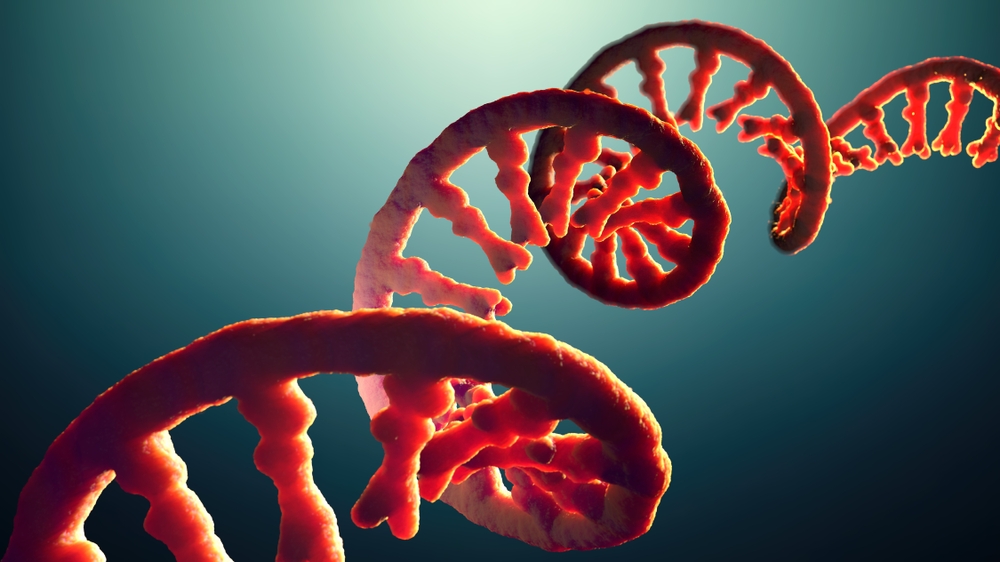MIT researchers have developed a new method of using artificial intelligence to design nanoparticles that can provide more efficient RNA vaccines and other types of RNA therapies.
After training machine learning models to analyze thousands of existing delivery particles, researchers used it to predict new materials that would work even better in RNA therapy.
Researchers were also able to identify particles that work well in different types of cells and discover ways to incorporate new types of material into the particles.
Giovanni Traverso, Associate Professor of Mechanical Engineering at MIT and senior author of the study, explained: “We can apply machine learning tools to promote the identification of optimal component mixtures of lipid nanoparticles to help target different cell types and be much faster than before.”
The approach could dramatically speed up the process of developing new RNA vaccines and therapies that can be used to treat obesity, diabetes and other metabolic disorders, researchers say.
Giovanni Traverso, Associate Professor of Mechanical Engineering at MIT and senior author of the study, explained:
Better functional particles for effective RNA vaccines
RNA vaccines, such as the SARS-COV-2 vaccine, are usually packaged in lipid nanoparticles (LNPs) for delivery. These particles prevent mRNA from degradation in the body and help enter the cells after it is injected.
Creating particles that handle these jobs more efficiently can help researchers develop more effective vaccines. Additionally, better delivery vehicles can facilitate the development of mRNA therapies that encode genes for proteins that can be useful in treating a variety of diseases.
“We are looking to develop ways to produce more proteins for therapeutic applications, for example. Maximizing efficiency is important to increase the amount of cells that can be produced,” commented Traverso.
AI speeds up formulation creation
Typical LNPs are made up of four components: cholesterol, helper lipids, ionizable lipids, and lipids attached to polyecene glycol (PEG). Various variations of each of these components can be exchanged to create a huge number of possible combinations.
However, changing these formulations and testing each individually is very time-consuming, so researchers turned to AI to speed up the process.
Alvin Chan, the lead author of the study, said: “Most AI models of drug discovery focus on optimizing a single compound at once, but that approach does not work with lipid nanoparticles made with multiple interacting components.
“To tackle this, we developed a new model called Comet, inspired by the same trans-architecture that runs large language models like ChatGpt.
“Comet learns how different chemical components come together to nanoparticles and how well they can deliver RNA to cells, and how well they can influence their properties.”
Testing various LNP formulations
To generate training data for machine learning models, researchers created a library of approximately 3,000 different LNP formulations. Each of these 3,000 particles was tested in the lab to see how efficiently the payload could be delivered to the cell and fed it to a machine learning model.
After the model was trained, the researchers asked to predict new formulations that would perform better than existing LNPs. They tested these predictions by using a new formulation to supply mRNA encoding fluorescent proteins to mouse skin cells grown in lab dishes.
They found that the LNP predicted by the model is superior to the particles in the training data. In some cases, it is superior to commercially used LNP formulations.
Accelerated development of RNA therapy
Once researchers showed that the model could accurately predict particles that would efficiently provide RNA therapy, they began asking additional questions.
First, they wondered whether they could train a model on nanoparticles that incorporates a fifth component known as branched polybeta aminoesters (PBAEs).
Next, the researchers began training the model to make predictions about LNPs that function optimally in a variety of cells, including CACO-2 cells derived from colorectal cancer cells.
This model was able to predict LNPs that efficiently deliver mRNA to these cells.
Finally, the researchers used this model to predict which LNPs could withstand freeze drying. This is a lyophilization process that is often used to increase the shelf life of a drug.
Traverving concluded: “It’s a tool that can adapt to completely different questions and accelerate the development of RNA vaccines.
“We did a large training set that came into the model, but we did more focused experiments and got an output that would be useful for very different types of questions.”
Source link

